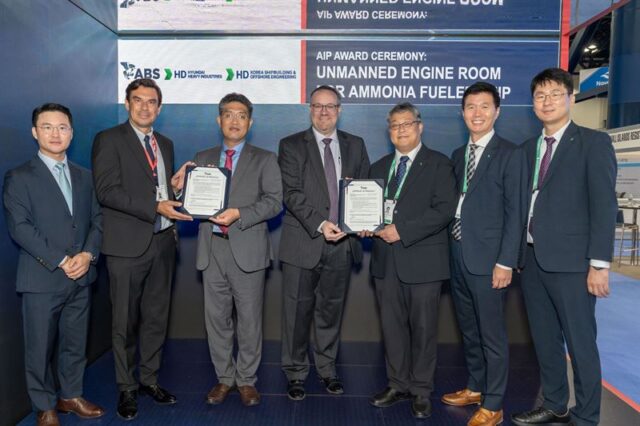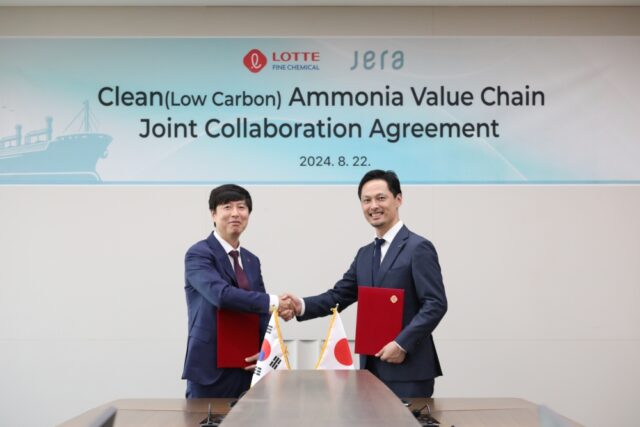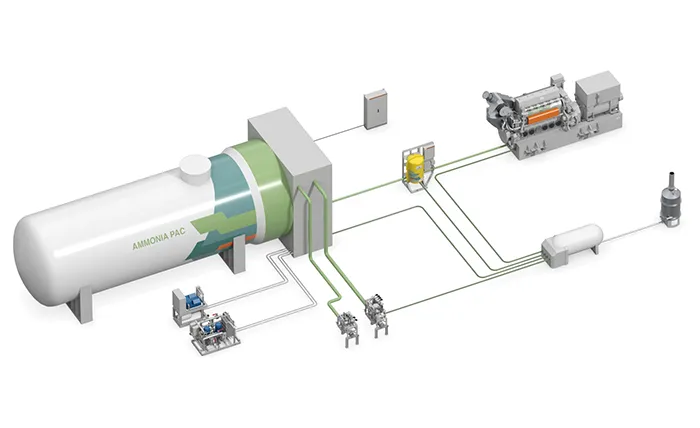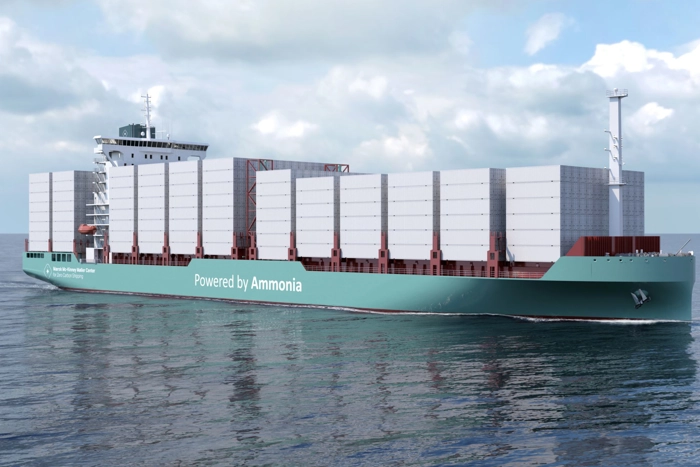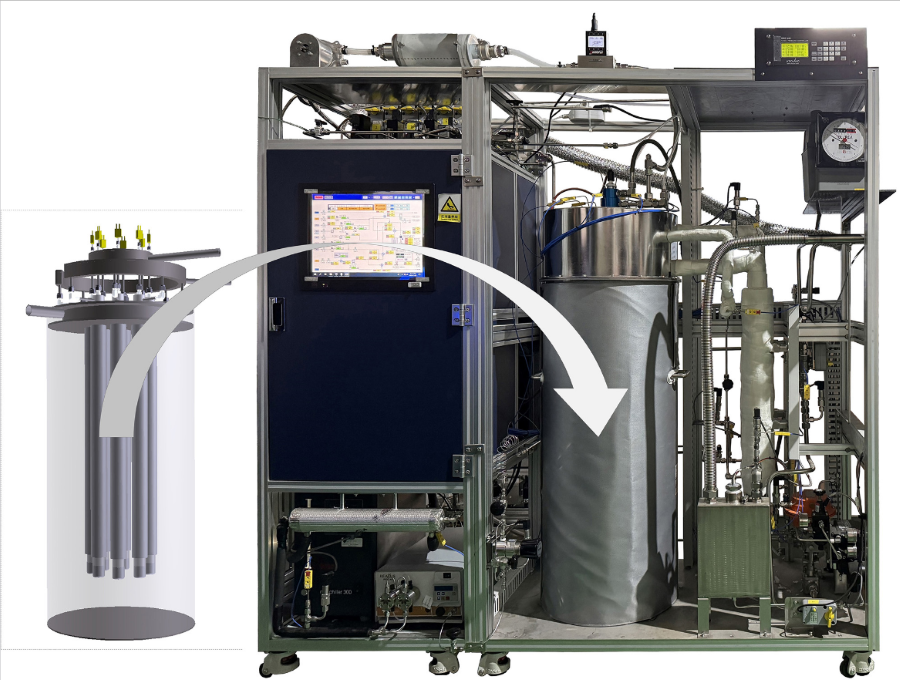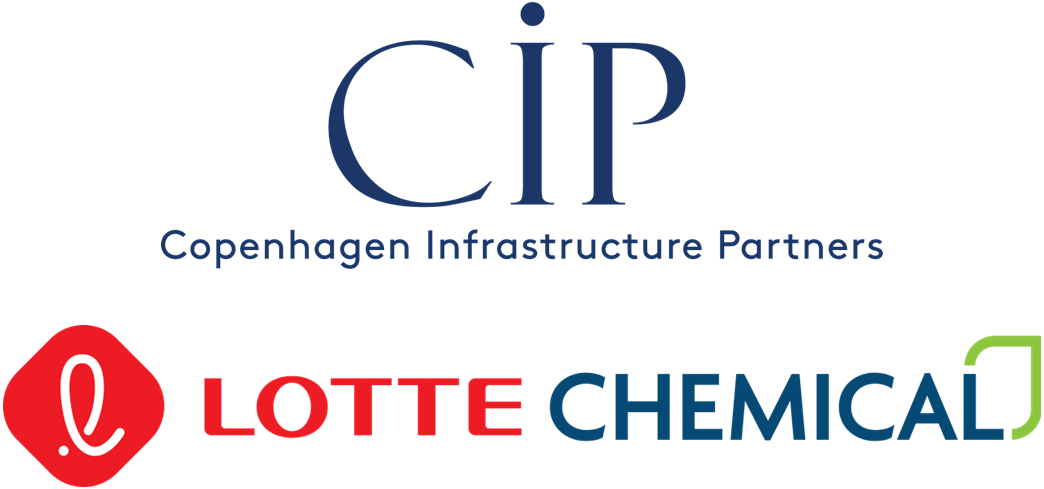Unmanned ammonia engine room gets tick of approval
The American Bureau of Shipping has granted AiP for two new autonomous technology packages developed by Korea Shipbuilding & Offshore Engineering and Hyundai Heavy Industries: an unmanned ammonia engine room, plus an AI safety package with rapid-response capabilities.
